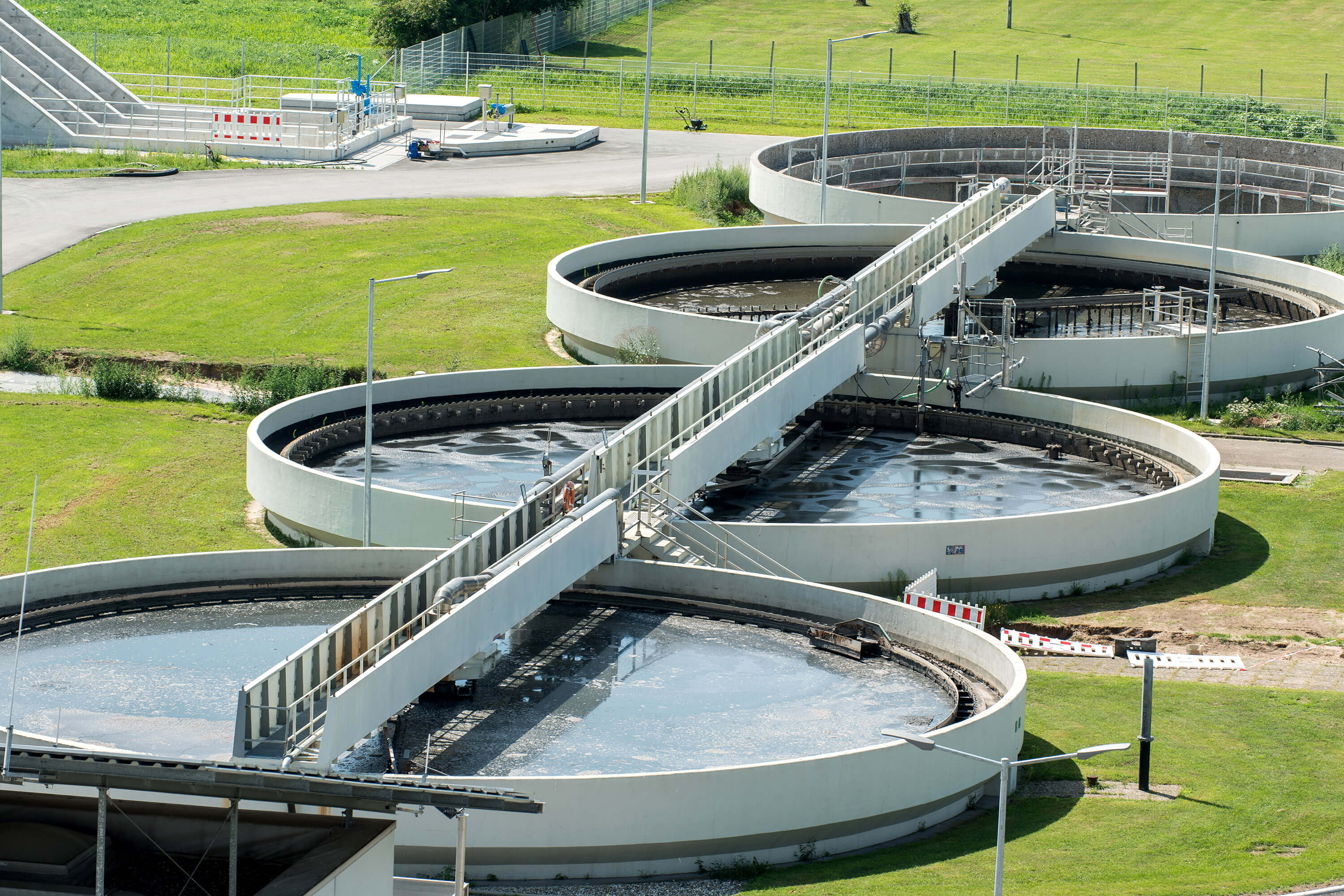
Product Fields and Topics
Learn about the different product fields and application areas of TEGEWA’s member companies: from B as in „Biocides“ to W as in „Water Treatment“.
Our services in the fields of application
Biocides
Antimicrobial agents – biocides – are indispensable, inter alia, for the protection of technical, frequently water-based products such as paints and renders, cooling lubricants or multifunctional oils in machinery and automotive manufacture from bacteria, fungi and other microorganisms. The quality of antimicrobial agents is determined by their effectiveness and their safety with regard to health and the environment. These demands are not only ensured by legal requirements such as the EU biocide regulation, but also by the responsibility of the manufacturers. TEGEWA accompanies the discussions and elaborations on the scopes and effects of the Biocides Regulation and follows the technical meetings of the EU Commission and authorities at EU level.
The ”Fachausschuss Biozide” (Technical Committee Biocides), founded in 2018 and consisting of ingredient manufacturers as well as representatives of application fields being relevant for TEGEWA, is meant to build a forum which identifies future requirements in due time and communicates them in an appropriate way to manufacturers and users.
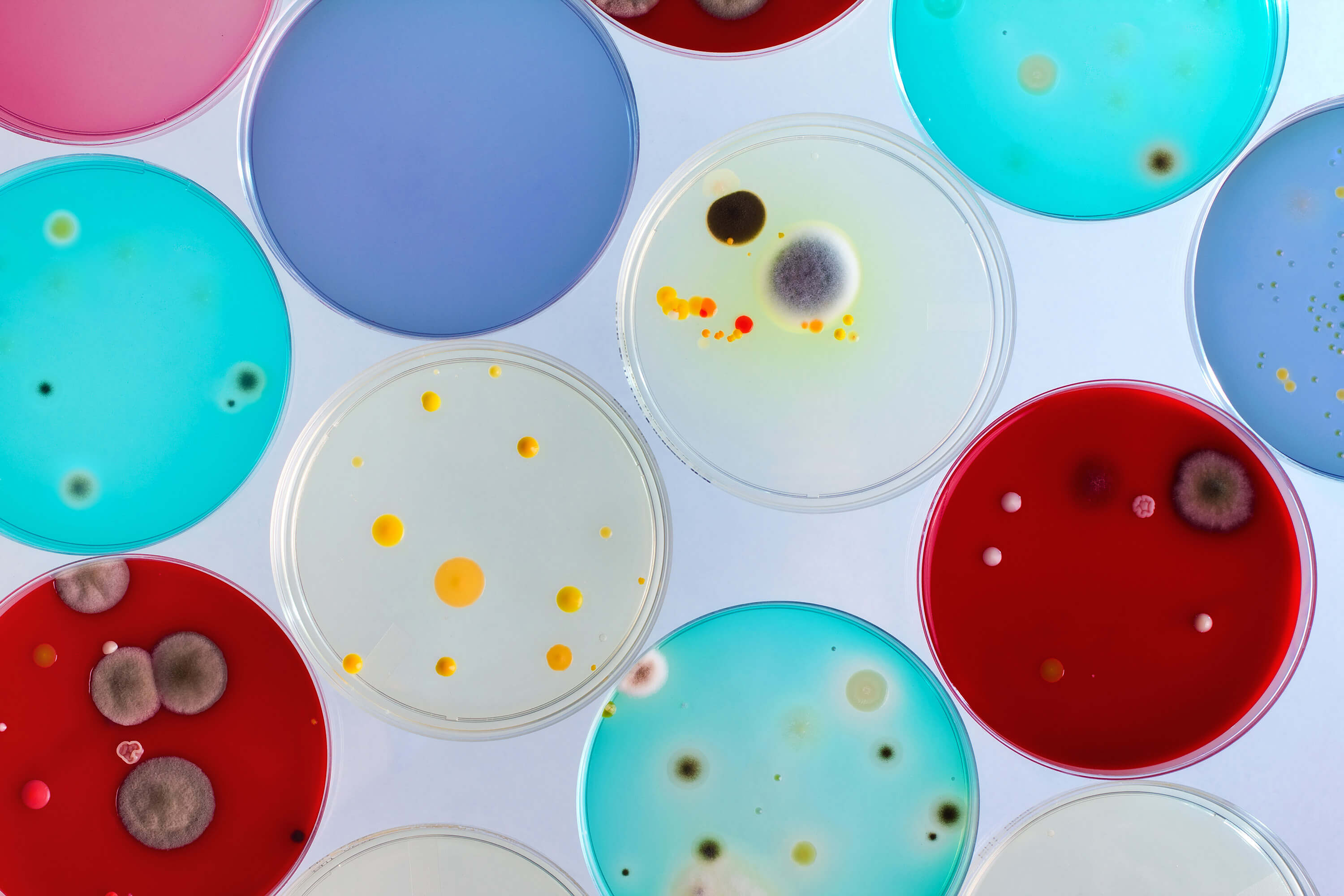
Cosmetic Raw Materials
The range of raw materials and excipients required for the manufacture of cosmetics is extremely extensive. In this context, the topics of the association’s work are also very complex and range from national regulations and EU legislation (such as the EU Cosmetic Products Regulation, REACH Regulation, polymers, ESPR (EU Ecodesign for Sustainable Products Regulation), EU Deforestation Regulation (EUDR), nano, Green Claims, etc.), to international regulations that may affect manufacturers of cosmetic raw materials (such as China or the USA), to various market requirements (such as labels). These specialist topics are discussed strategically in the cosmetic raw materials and pharmaceutical excipients specialist group and discussed in more detail in the corresponding working group.
The representation of the interests of cosmetic raw materials in Europe is organised in EFfCI (European Federation for Cosmetic Ingredients). As one of the founding members of EFfCI, the TEGEWA association has also been providing its member companies with unlimited access to and participation in all EFfCI working groups for more than 20 years. As part of EFfCI’s international cooperation with other associations (e.g. in China, in the USA), TEGEWA thus provides extensive representation of the interests of cosmetic ingredient manufacturers.
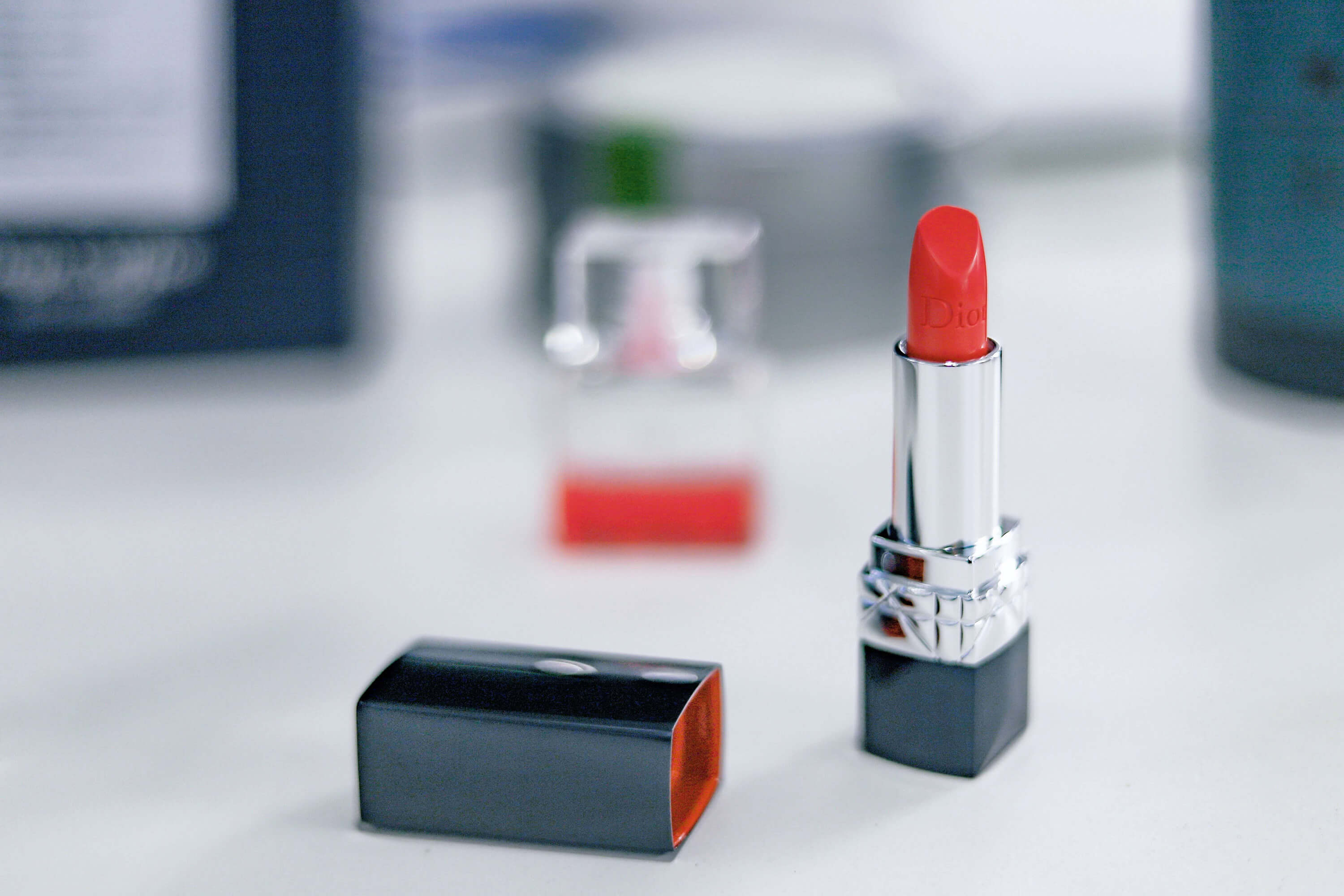
Leather Auxiliaries and Colorants
The transformation of the animal skin into a raw material that can be processed industrially and prepared, for instance, for car interior, upholstered furniture, bags/accessories or shoes, requires appropriate chemical auxiliaries. Chemistry also contributes to making the processing and finishing of hides and skins much more environmentally friendly. At the same time, it significantly increases the productivity of work processes and the quality of the finished products. Just like in the case of textile, leather chemicals must not only meet stringent requirements in terms of use but also for environmental and consumer protection. In the field of leather auxiliaries, TEGEWA is, among other things, actively committed to an improved workplace protection that goes beyond the scope of Responsible Care. In the global organization “Zero Discharge of Hazardous Chemicals (ZDHC)”, TEGEWA represents the interests of both leather and textile auxiliaries and provides ZDHC with the relevant chemistry-related expertise.
“Colorants” is an upper term for coloring substances, in particular preparations from dyes or pigments. Dyes are chemical compounds which have the property of dyeing other materials – textiles, paper or leather. Dyes are soluble in their application media; pigments, in contrast, are insoluble colorants.
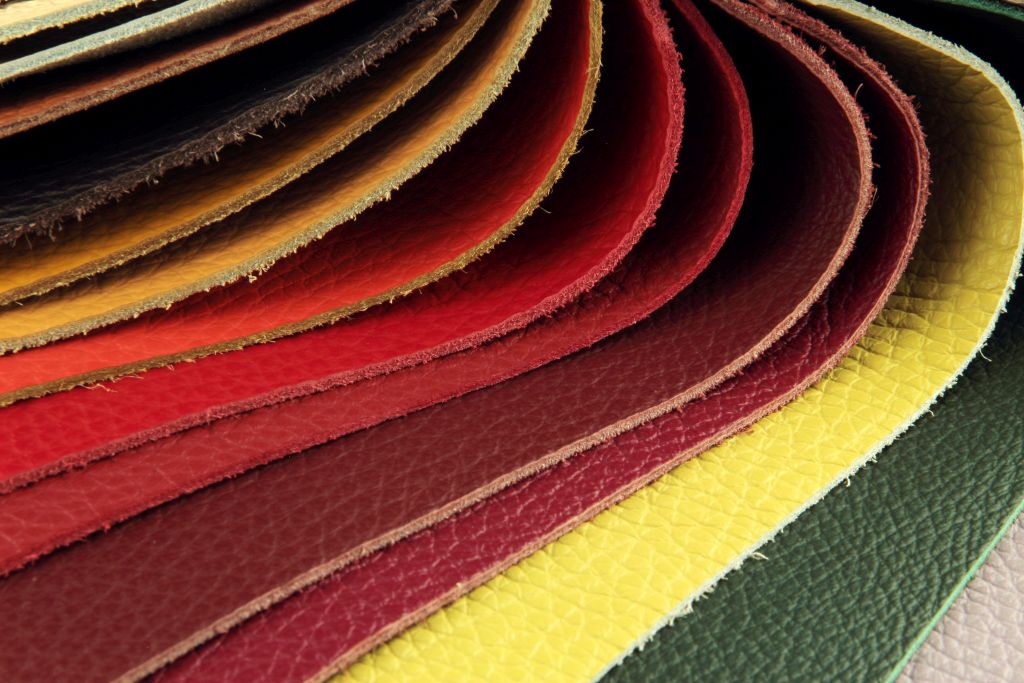
Paper Auxiliaries and Colorants
Specialized chemical auxiliaries are needed for different paper products to support the production as well as the quality of the final product – be it handmade paper, newsprint paper, filter medium or banknote. Among other things, the association’s work deals with meetings of the BfR (Federal Institute for Risk Assessment) and the European as well as the Nordic Ecolabel. These activities are being coordinated by the European association EPCG (European Pulp and Paper Chemicals Group) as well as the exchange with the European association CEPI (Confederation of European Paper Industries).
“Colorants” is an upper term for coloring substances, in particular preparations from dyes or pigments. Dyes are chemical compounds which have the property of dyeing other materials – textiles, paper or leather. Dyes are soluble in their application media; pigments, in contrast, are insoluble colorants.

Surfactants
Being used for numerous applications, surfactants are not only among the most widely used groups of chemicals, but also among the best-researched and safest chemicals in terms of health and environmental protection. TEGEWA works closely with the European Surfactant Association CESIO in the field of surfactants and their intermediates. The topics covered here range from biodegradability to health, classification and labeling. The benefits of the CESIO are particularly the close contacts with national and international institutions as well as authorities in the EU. With regard to sustainability, the industry is currently focusing increasingly on the possibilities of the production of environmentally friendly “bio-based surfactants”.

Textile Auxiliaries and Colorants
A large number of specialized chemical products used in the production of clothing textiles, functional clothing (medicine, rescue services, space travel) or technical textiles for architecture, automotive engineering and environmental protection are referred to as textile auxiliaries. Textile chemicals must not only meet high requirements in the field of use but also, as a matter of course, in environmental and consumer protection. Against the backdrop of numerous initiatives and new regulatory requirements concerning textiles and textile chemicals, TEGEWA cooperates closely with authorities, NGOs and customer associations. Among other things, TEGEWA is involved in the ZDHC Group (Zero Discharge of Hazardous Chemicals) and in the German Bündnis für nachhaltige Textilien (Partnership for Sustainable Textiles). Due to the increasing relevance of European regulations and their impact on the textile and leather auxiliaries sector, TEGEWA aims at intensifying its work at the European Level.
“Colorants” is an upper term for coloring substances, in particular preparations from dyes or pigments. Dyes are chemical compounds which have the property of dyeing other materials – textiles, paper or leather. Dyes are soluble in their application media; pigments, in contrast, are insoluble colorants.
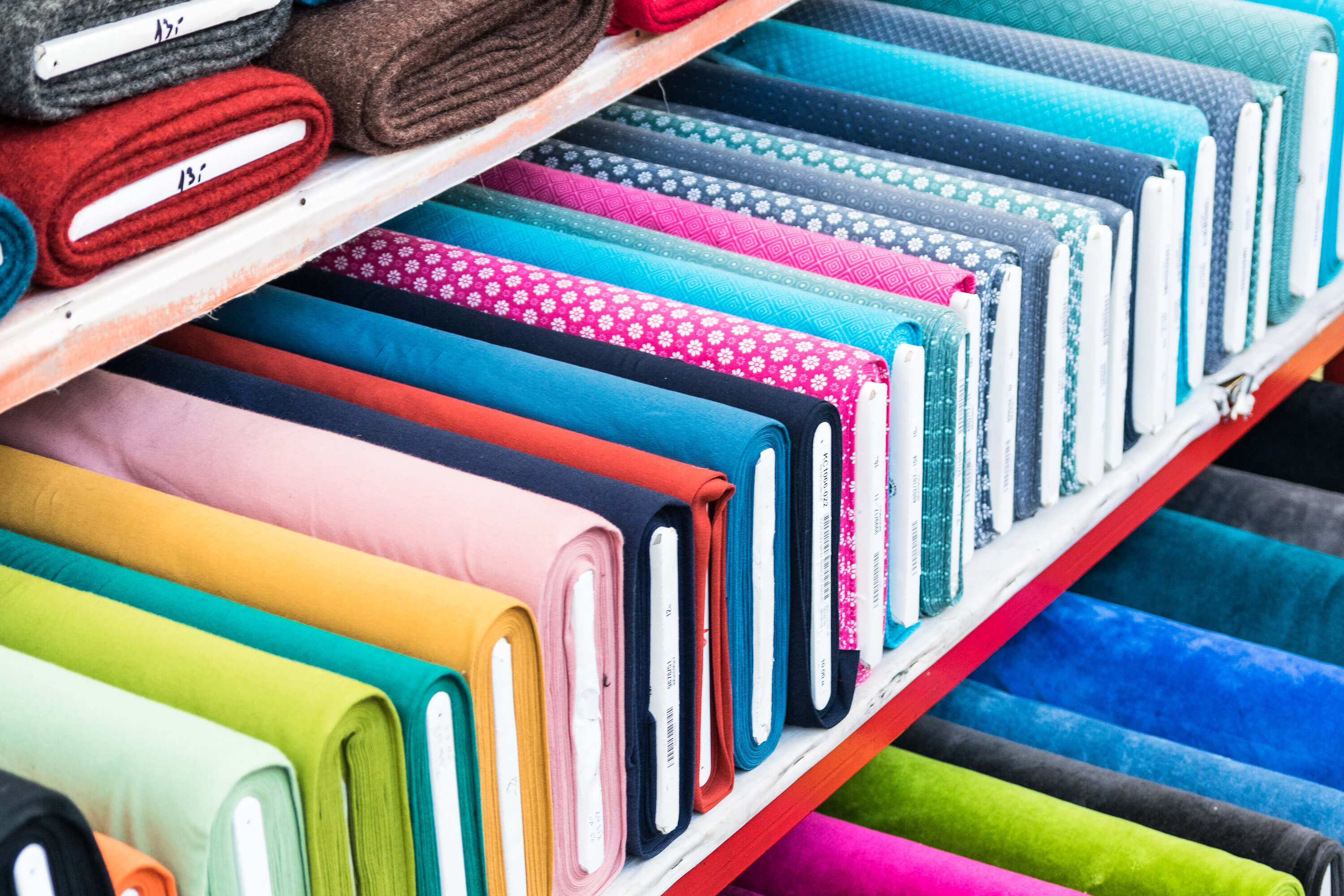
Water Treatment
Polymeric flocculants make a decisive contribution, for instance, to the performance of sewage and water treatment plants and therefore contribute significantly to quality of life and environmental protection. With the long-chain filamentous molecules of, for example, the polymeric flocculants based on polyacrylamides, dirt particles are captured via the different electrical charges and can be separated by means of filter processes. In a subsequent combustion or depositing, polymeric flocculants offer considerable advantages, which is why they are first choice in their field today. In the Association, it is the Polyelectrolyte Producers Group (PPG) dealing with this topic – for example, the criteria of the EU Ecolabel or a research project on the degradability of polyacrylamides in the soil. At global level, the PPG deals with all questions concerning the evaluation of acrylamide and its polymers.
